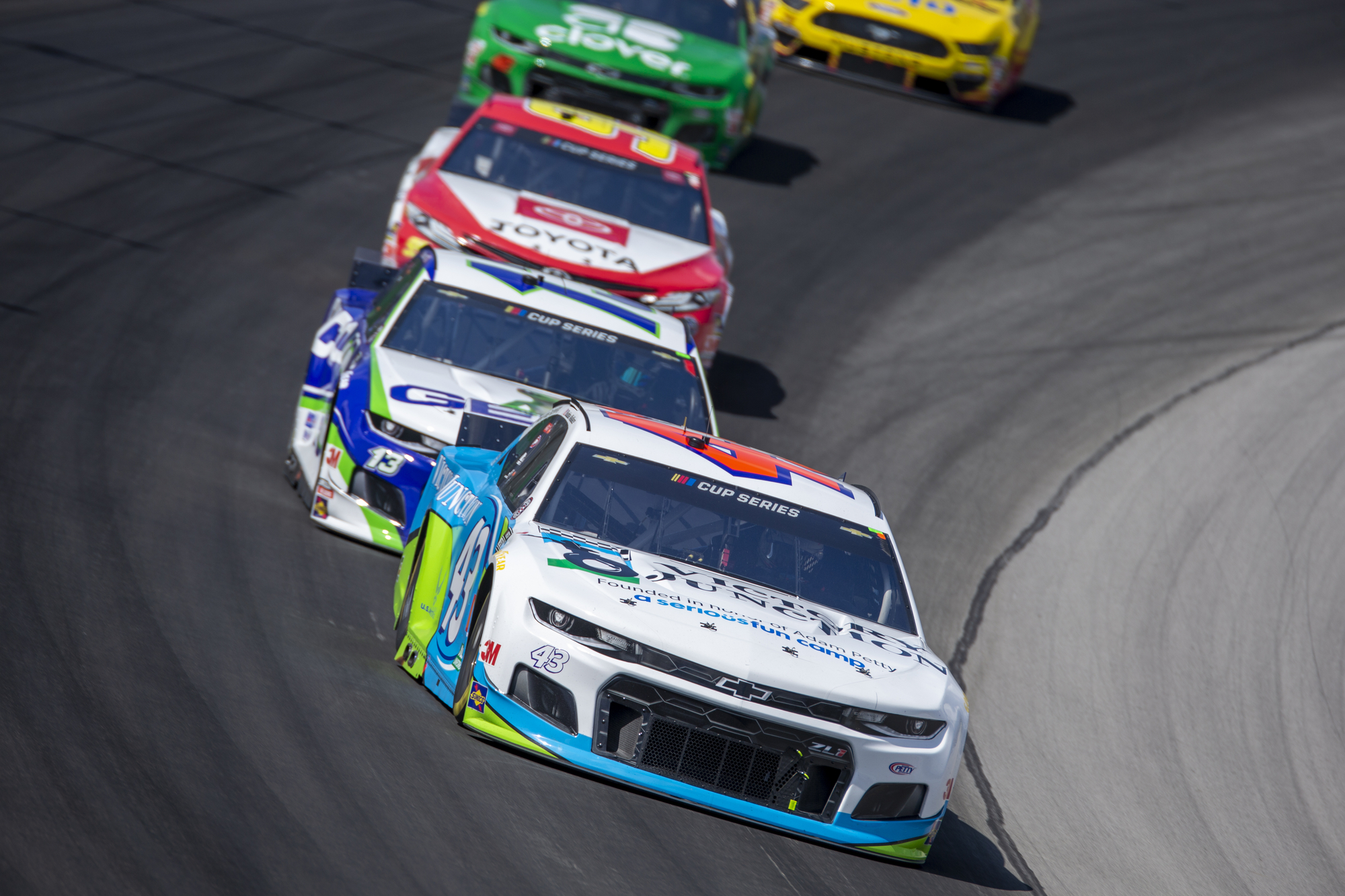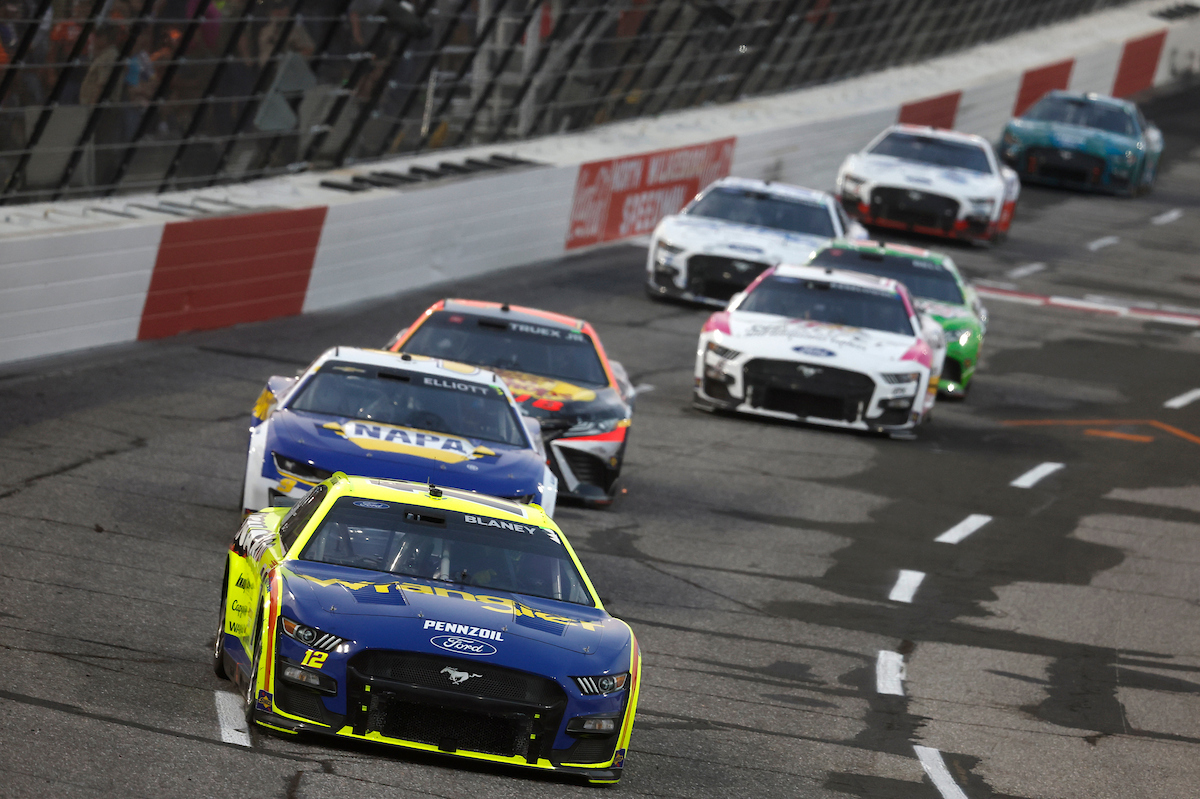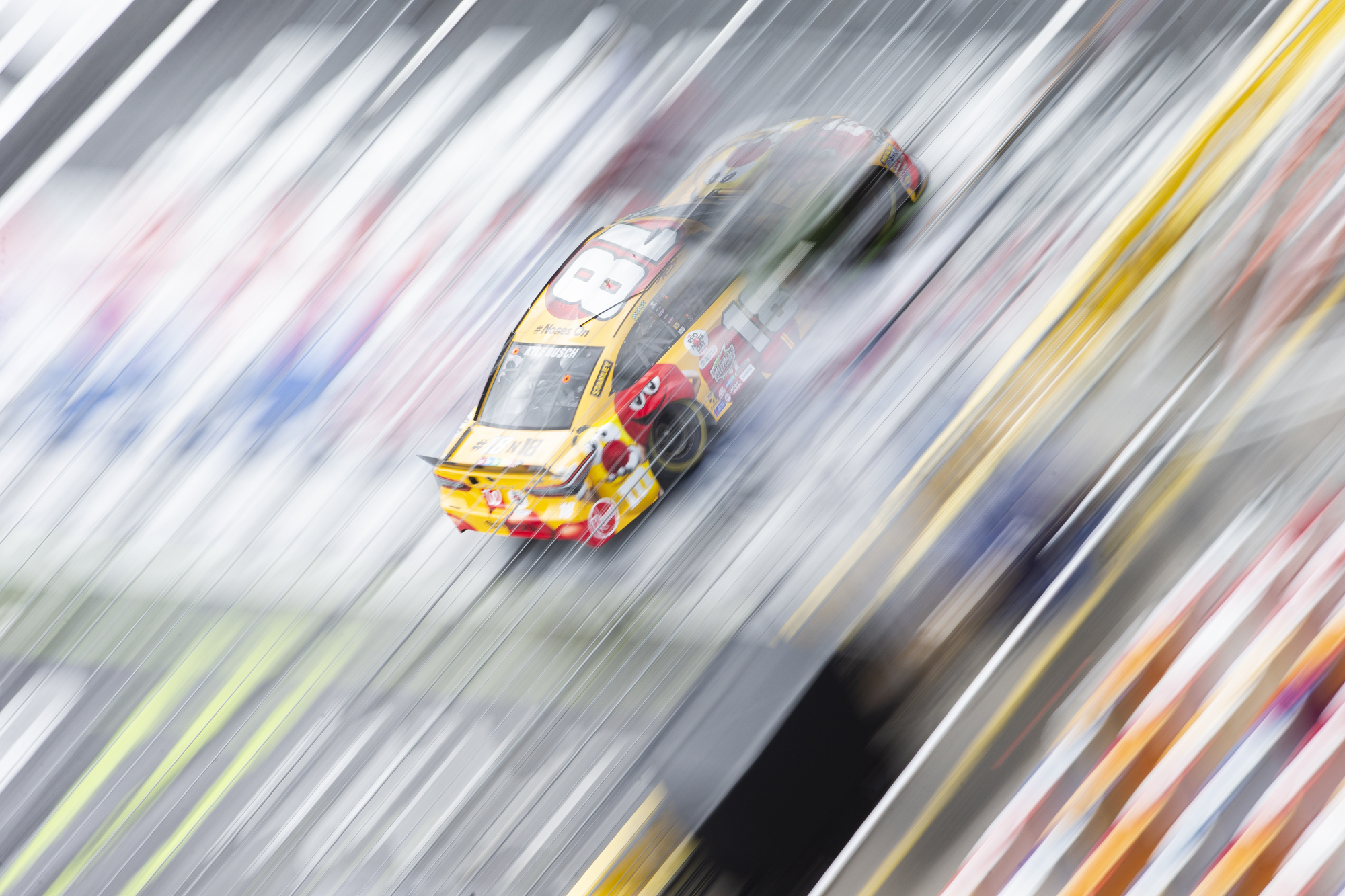What is the Oldest NASCAR Track Still in Use?
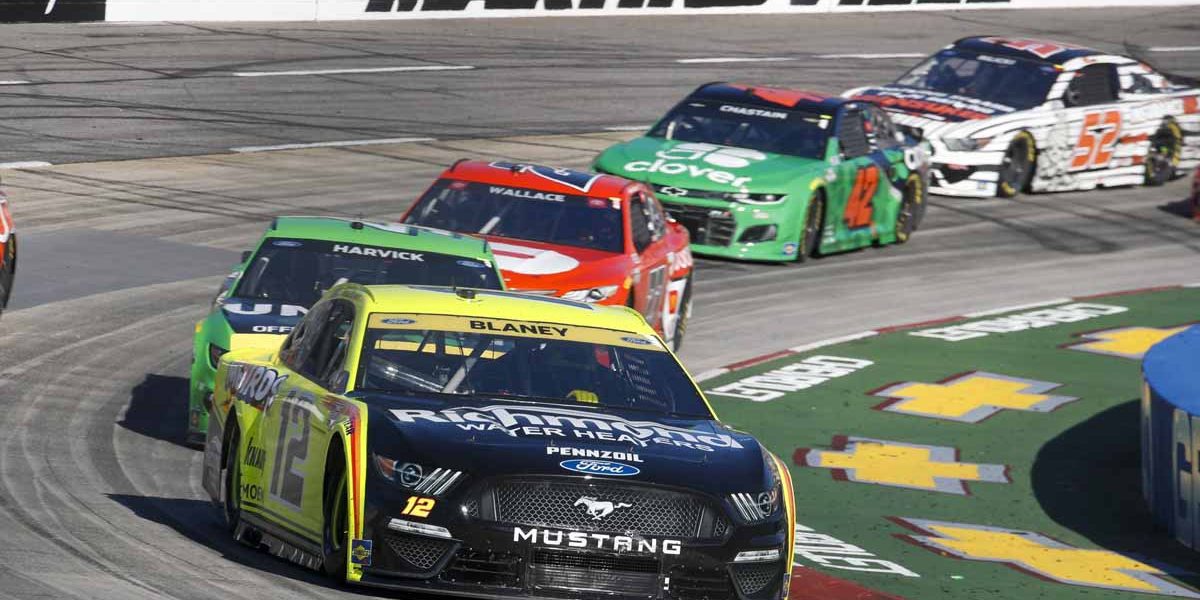
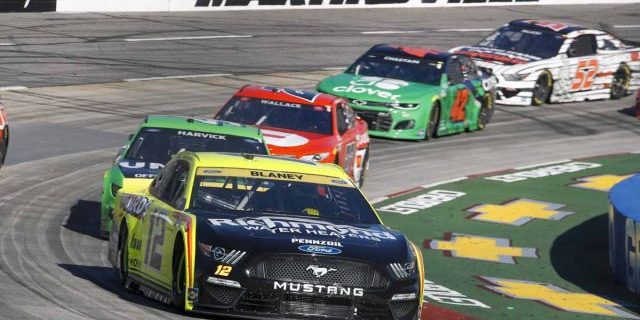
When you think about NASCAR, what comes to mind? Perhaps it’s the roar of engines, the thrill of the race, or the legacy of legendary drivers. But have you ever wondered about the origins of the tracks themselves, specifically, the oldest NASCAR track still in use?
The oldest NASCAR track still in use is the Martinsville Speedway in Virginia. Opened in 1947, it’s not only a testament to the enduring popularity of NASCAR but also a symbol of the sport’s rich history and evolution.
This historic track is not just a relic of the past but continues to be a crucial part of the NASCAR series, hosting races that contribute to the ongoing narrative and legacy of stock car racing. Preservation efforts ensure that while the track maintains its classic charm, it evolves with modern safety standards and amenities to remain a revered venue in the motorsports community. Its configuration, layout, and unique characteristics reflect a bygone era of racing while adapting to the competitive demands of current series and events.
Table of Contents
Key Takeaways
- NASCAR’s oldest operating track is a significant piece of motorsports history.
- The venue remains active, balancing historic preservation with contemporary racing needs.
- Track characteristics honor its storied past while catering to present-day NASCAR series.
The History of NASCAR’s Oldest Tracks
The origins of NASCAR trace back to the late 1940s with tracks that have since become the bedrock of American stock car racing. Among these, Darlington Raceway and Martinsville Speedway stand out as historic venues that continue to host thrilling NASCAR events.
The Birth of NASCAR and Its Early Venues
NASCAR was officially founded in 1948, and its inaugural season kicked off in 1949, marking the beginning of a storied journey in motorsports. North Wilkesboro Speedway and the Daytona Beach Road Course were among the first to witness the roar of engines in NASCAR’s early years. These tracks were fundamental in setting the stage for the sport’s growth and evolution into what it is today, paving the way for purpose-built ovals that would underpin the NASCAR series.
Darlington Raceway: The Jewel of South Carolina
Opened in 1950, Darlington Raceway has earned its moniker as “The Lady in Black,” renowned for its unique, egg-shaped design and challenging racing conditions. This superspeedway quickly became steeped in NASCAR’s history, hosting the famous Southern 500, a race that would become a crown jewel event for the sport. Darlington Raceway’s legacy continues to this day, inviting drivers to master its infamous turns and earn their “Darlington Stripe.”
Martinsville Speedway: The Pinnacle of Short Track Racing
The oldest NASCAR race track still in use is Martinsville Speedway. Established in 1947 and hosting its first NASCAR sanctioned event a year later, Martinsville is renowned for its paperclip shape and short-track battles. As one of the few remaining short tracks in the series, Martinsville Speedway upholds NASCAR’s racing heritage with a touch of modern competition, offering a direct link to the sport’s earliest days.
Current Use and Preservation
The current use and preservation of NASCAR’s oldest tracks hinge on balancing modern demands with a deep respect for their historical significance. This involves hosting premier racing events, maintaining the essence that reflects their storied past, and implementing renovations to meet contemporary standards.
NASCAR Cup Series and Iconic Races
Darlington Raceway stands as a testament to NASCAR’s roots, continuously operating and hosting prestigious series. This track, affectionately dubbed ‘The Lady in Black’, is home to the iconic Southern 500, a cornerstone event in the NASCAR Cup Series. Its reputation is further solidified by the annual Goodyear 400, attracting fans eager to witness new chapters in racing history unfold on this hallowed ground.
Maintaining Tradition and Heritage
The commitment to preserving NASCAR tradition is exemplified at tracks like Richmond Raceway, where heritage converges with high-speed competition. Here, the continuing legacy is not just about the races but about honoring the deep-seated culture of motorsports. Efforts to maintain tradition include preserving the original architecture and ambiance that speak volumes of the track’s rich history.
Renovation and Modernization Efforts
In an era where technology and comfort define spectators’ experiences, historic tracks undergo careful renovation to keep pace. For instance, Darlington has seen upgrades to improve fan experience while ensuring the track retains its unique character that distinguishes it from other venues. These modernization efforts are delicately balanced with the tracks’ time-honored essence, ensuring they remain relevant in contemporary motorsport without losing their soul.
Racetrack Characteristics and Configuration
The characteristics and configuration of the oldest NASCAR track still in use are pivotal in understanding its longevity and appeal. From the track surface to the seating capacity, each aspect contributes to the racing experience.
Track Surface and Seating Capacity
The surface of NASCAR tracks is typically asphalt or concrete, which impacts the tire wear and speed of the vehicles. The oldest tracks often boast a rich history with their traditional surfaces, which could have undergone several repavings over the decades. Seating capacity varies greatly, ranging from tens of thousands to over a hundred thousand, accommodating a significant number of fans during race events.
Speedways Versus Short Tracks
NASCAR’s roster features both speedways and short tracks, with the length playing a crucial role in categorizing them. Short tracks are under 1 mile in length and often provide intense, close-quarters racing. Speedways, on the other hand, range from 1 to 2 miles and allow for higher speeds. Superspeedways exceed 2 miles and are known for their high-speed competition and unique challenges due to their size and banking.
Influential Design Elements
Track configuration and design elements, such as the shape and degree of banking, significantly influence racing strategies and vehicle performance. Historic NASCAR tracks often have unique features that have stood the test of time, becoming iconic within the sport. For example, high-banked turns allow for faster speeds and can lead to more dynamic racing. Additional elements like pit road layout and track width also factor into the overall design and racing conditions.
Significant Races and Events
In the annals of NASCAR history, certain races stand out due to their prestige, tradition, and the historical significance of the track on which they occur. These events have become hallmarks of the sport and essential stops on the NASCAR schedule.
The Legendary Southern 500
Darlington Raceway is renowned for hosting the Southern 500, one of the crown jewel races in NASCAR. Taking place on Labor Day weekend, this event has been a staple of the race calendar since its inception in 1950. It’s not just its longevity that makes this race stand out; the Southern 500 is known for its grueling length and the intense challenge it poses to drivers and teams alike.
Throwback Weekend and Its Impact
Throwback Weekend at Darlington has become a highlight of the NASCAR season, steeped as it is in nostalgia and reverence for the sport’s history. Teams and drivers pay homage to past legends through retro paint schemes and vintage uniforms, encapsulating decades of racing heritage. This event, typically held during the Southern 500, encourages fans and the community to celebrate NASCAR’s storied past.
Annual Races on Historic Grounds
Apart from the high-profile Southern 500, Darlington Raceway hosts multiple races throughout the year, drawing in thousands of spectators. Each race on this historic track adds to the legacy of the venue dubbed “The Lady in Black,” contributing to the rich tapestry of NASCAR tradition and its ongoing narrative.
Geographic and Cultural Influence
The oldest NASCAR track in use, Darlington Raceway in South Carolina, stands as a testament to NASCAR’s deep-seated heritage and its pervasive impact on regional identity and economy.
Racetracks as Community Landmarks
Darlington Raceway has become an iconic staple in South Carolina (SC), functioning as more than a mere venue for racing. It serves as a historic monument that resonates with national pride and local tradition. NASCAR tracks often grow to be significant landmarks within their communities, symbolizing the collective memories and cultural ties that bind residents together. Darlington, in particular, exemplifies this notion, with strong community engagement and support for the site and the events it hosts. It represents a focal point of pride across generations in the region.
Economic and Social Contributions
The endurance of this historic racetrack has bolstered the regional economy, substantiating the role of NASCAR and racing industries in economic development. The oldest NASCAR tracks, like Darlington, have a symbiotic relationship with their locations, contributing significantly to the livelihoods of thousands through both direct and indirect employment opportunities. Events at these sites encourage tourism and local spending, marking them as economic pillars in states like Georgia (GA), Illinois (IL), Delaware (DE), Virginia (VA), and North Carolina (NC). Darlington alone magnetizes racing enthusiasts from all over the country, creating social gatherings that transcend the sport, fostering community cohesion and a shared sense of identity.
The Evolution of Sponsorships and Partners
Sponsorships have played a critical role in the growth and evolution of NASCAR, contributing significantly to the sport’s popularity and financial stability.
Corporate Involvement in Racing History
The relationship between NASCAR and corporate sponsors has been a foundational component of the sport since its inception. Companies have leveraged racing’s broad appeal to market their products, with Goodyear becoming one of the earliest and most enduring partners. They introduced the Goodyear 400, a prominent race that emphasized both the performance of their tires and the excitement of stock car racing. Furthermore, leading organizations like the International Speedway Corporation (ISC) and Speedway Motorsports shaped the modern racing landscape by acquiring and managing key tracks, leading to a conglomerate-led expansion era.
Impact of Sponsorship on NASCAR’s Growth
Sponsorship deals, exemplified by pivotal series titles such as the NASCAR Xfinity Series and the Sprint Cup, have infused NASCAR with necessary resources, allowing the sport to grow exponentially. Iconic races like the Daytona 500 and the Coca-Cola 600 have been particularly effective platforms for sponsor exposure. Popular drivers, like the legendary Fireball Roberts, and influential figures, including NASCAR’s co-founder Bill France, have further underscored the undeniable influence of corporate backing. Such strategic partnerships have been pivotal, fostering NASCAR’s rise from a regional spectacle to a national powerhouse in the sporting world.
What is the Oldest NASCAR Track Still in Use? – Frequently Asked Questions
This section provides specific information on some of the most common questions about the oldest NASCAR track still in use and other related trivia in the world of NASCAR racing.
Which racing venue holds the title as the first track where a NASCAR race was held?
Martinsville Speedway is renowned for being the only race track that remains from NASCAR’s inaugural season, making it a significant piece of NASCAR history.
What is considered the most petite racetrack currently active in NASCAR?
Martinsville Speedway also ranks as the smallest racetrack in use in NASCAR, with its unique paperclip shape and a track length of just 0.526 miles.
Can you name the two longest racetracks where NASCAR competitions are held?
The two longest tracks in NASCAR are the Talladega Superspeedway and the Daytona International Speedway, both famous for their length and high-speed races.
Who is the owner of the North Wilkesboro Speedway?
North Wilkesboro Speedway is owned by Speedway Motorsports, with Marcus Smith serving as the CEO and overseeing operations of this historic track.
What NASCAR racing track is known by the nickname ‘Thunder Valley’?
Bristol Motor Speedway boasts the nickname Thunder Valley, due to its location in a valley between two mountains and the thunderous roar of engines during races.
Who ranks as the most successful father-son duo in the history of NASCAR racing?
The Earnhardts, Dale Earnhardt Sr. and Dale Earnhardt Jr., stand as the most successful father-son duo in NASCAR, with a combined record that awards them a significant place in NASCAR’s storied legacy.








